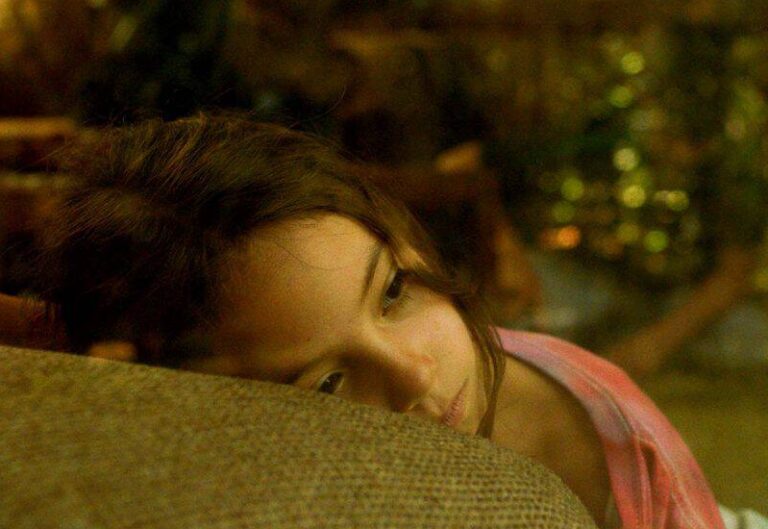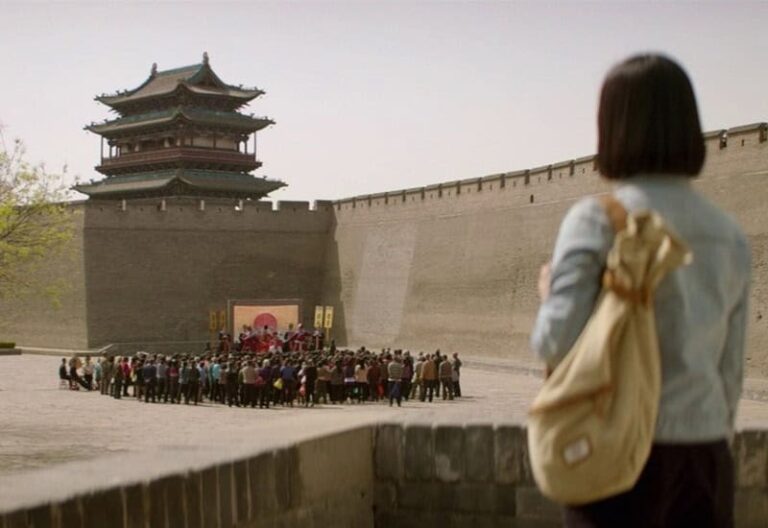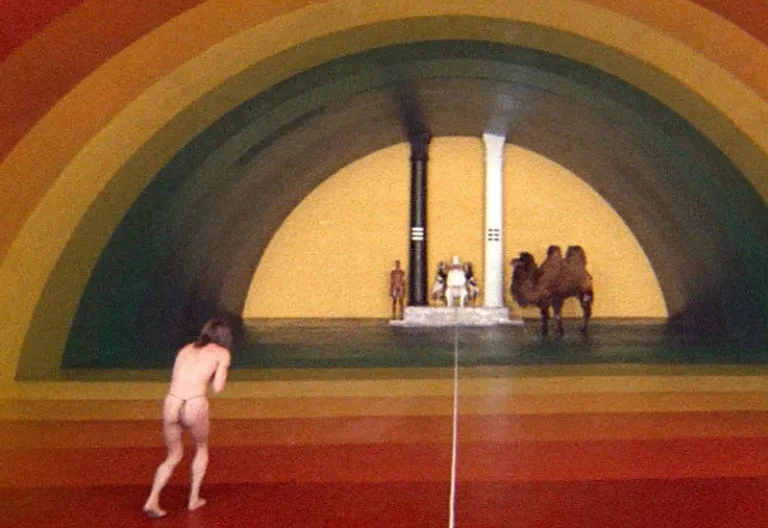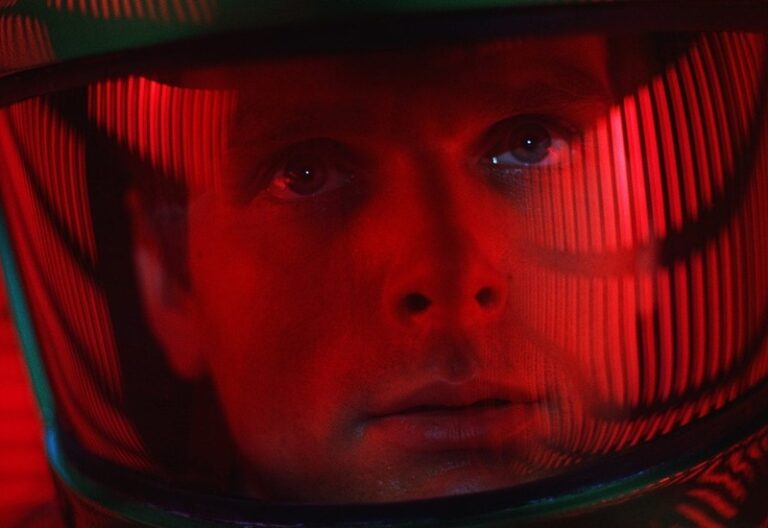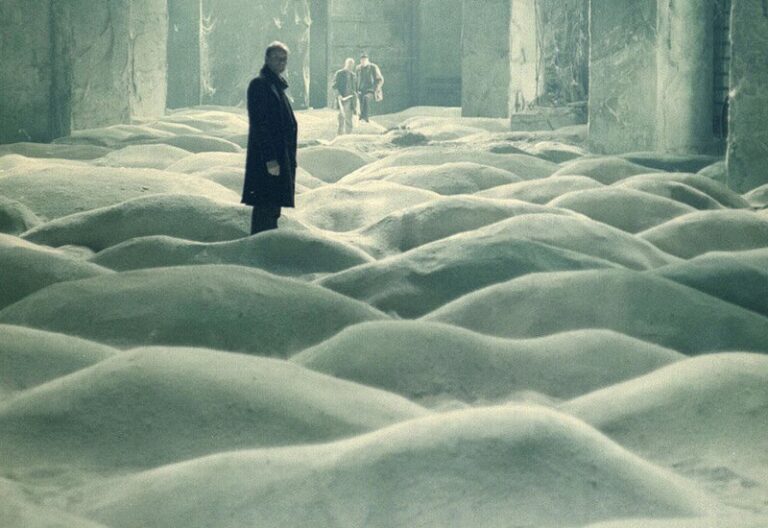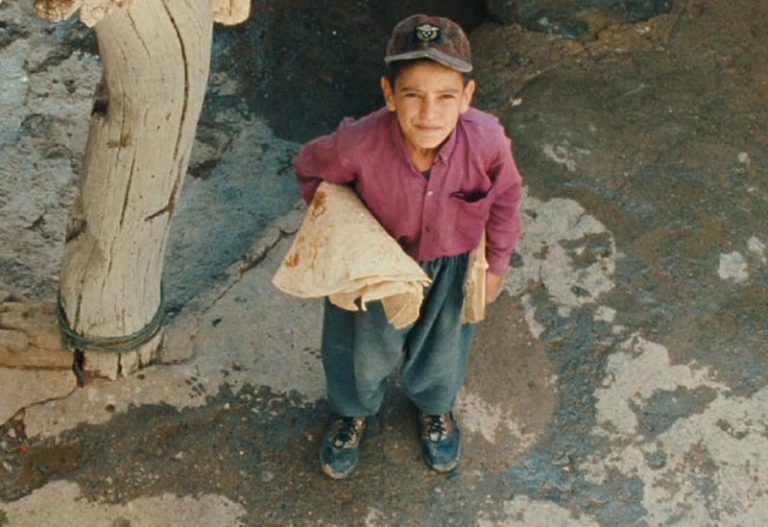times and winds review
film by Reha Erdem (2006)
How can a picturesque village that seems to touch the canopy of the heavens feel absent of God’s touch? Is life’s creation merely a means to suffer at the hands of others? Where is the beauty in God’s creation if it is solely to be observed, tempting us with its beauty while we exist in a state of unyielding despair brought on by those who serve Him? – These are just a few of the questions posed by Reha Erdem’s 2006 film Times and Winds, which uses cinema to explore classic themes including moral struggles and hypocrisy.
Review by: Aaron Jones | Filed Under: Film Reviews
November 18, 2024
In the coastal mountainous landscape of northern Turkey, three maladjusted adolescents endure the hardships of rural living through patriarchal and cultural bondage. As their youth converges with adulthood, the loss of innocence is a theme interwoven throughout the film. But we soon discover that the loss of innocence has already occurred, and we are observing the aftermath of youth who are hard-pressed to find even life’s simplest pleasures and have little to dream of or look forward to. Whether they are punished with impunity for what are seen as infractions, revealing the ubiquitous parental sadism masked as guidance, or resemble mere servants and surrogate adolescent parents rather than children nurtured from unconditional love and affection, it is these children who represent the ugly truths of humanity and reflect a byproduct of favoritism and social orders conveying a message that we are merely animals governed by superstition and sadism.
In this world, a father’s oppressive hand on his child is revered with more acceptance than a patient word or kind gesture, and virtue and values become mere building blocks in the false image of respectability. This environment effectively leads the children to seek further bonds established between themselves, showing the strength of their trust by harboring each other’s darkest desires without fear of those secrets being discovered by the adults from whom they search for refuge.
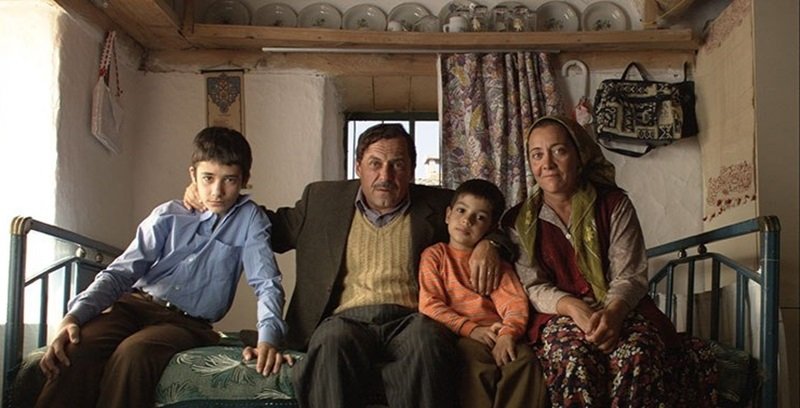
Lending itself to the ideas conveyed in the children’s classroom teachings about the cycles of life, the film suggests nature’s own imitation of life. While one half of the earth is left in darkness, the other enjoys the benefits of the sun’s warmth, proposing a parallel between the trappings of a rural existence outside the influence of diversity and progressive ideas. Here, parental guidance is limited to patriarchal religion and corporal discipline inherited from unresolved generational trauma, where older generations are crippled by shame from the transgressions of their fathers, as was carried on by their grandfathers, embedding a serpentine, oppressive state of arrested development. This cycle concludes in the unforgiving trappings for the youth to inherit.
Its mesmerizing wide cinematography serves as a subliminal reminder of the juxtaposition between the children’s despair and the beautiful landscapes, capturing their families’ cruel indifference and rigid social hierarchies. The children find shelter only in the company of each other or in complete isolation. This is symbolically shown through a series of images of unconscious children resembling classical Renaissance paintings, which beg the question, “Are they living or dead?” Are these children the discarded wreckage of abuse that will soon be absorbed by their recently birthed siblings or by other members of their nascent peers? Or are these images the outcome of the children’s unknown whereabouts, where the parents have vehemently protested? We can only assume this is their further attempt for a calm moment and peace of mind outside the domineering judgment of their guardians.
While observing the burgeoning misery of its characters, the film’s language resonates with an especially compassionate vernacular embedded throughout all its misfortune. It patiently lets us observe, through their body language and humility, the cumulative effects of oppressive rule through images more so than the film’s sparse use of spoken dialogue. These undesirable outcomes are rooted in much deeper systematic fallibility, supported and sustained through a lack of emotional intelligence and a reliance on traditionalism. A pensive call to reason on the nature of tribalistic traditionalism, the film questions the self-destructive microcosms created by obeying society’s laws, even at our own peril. Laws that are not meant to be evaluated—even if they are the architects of our misery—are traditions that should no longer be preserved but abandoned.
Times and Winds is a poetic journey through the cultural trappings of adolescents and the experience of second-class citizens, fathers, and sons. It is a sleeping masterpiece that hints at Terrence Malick through its exquisite visuals and fragmented narrative.

Author
Reviewed by Aaron Jones. Based in California, he developed a passion for film from a young age and has since viewed over 10,000 films. His appreciation for the medium led him to film criticism, where he now writes for CinemaWaves, offering analysis of both contemporary releases and timeless classics. In addition to his work here, he has contributed to other publications as well. Feel free to follow him on Instagram and Letterboxd.
In a bustling Mexican household, seven-year-old Sol is swept up in a whirlwind of preparations for the birthday party for her father, Tona, led by her mother, aunts…
Following the everyday lives of a group of young theater performers from rural Fenyang, spanning the late 70s to the early 90s in the aftermath of China’s Cultural Revolution…
The scandal of the 1973 Cannes Festival, director Jodorowsky’s flood of sacrilegious imagery and existential symbolism in The Holy Mountain is a spiritual quest for…
Film theory is the academic discipline that explores the nature, essence, and impact of cinema, questioning their narrative structures, cultural contexts, and psychological…
The development of slow, or contemplative cinema is rooted in the history of film itself. Understanding slow cinema involves examining its evolution from early influences to its…
A revolutionary film movement that redefined Iranian and Asian cinema. Distinguished by its genuine portrayal, innovative narrative methods, and unflinching…

